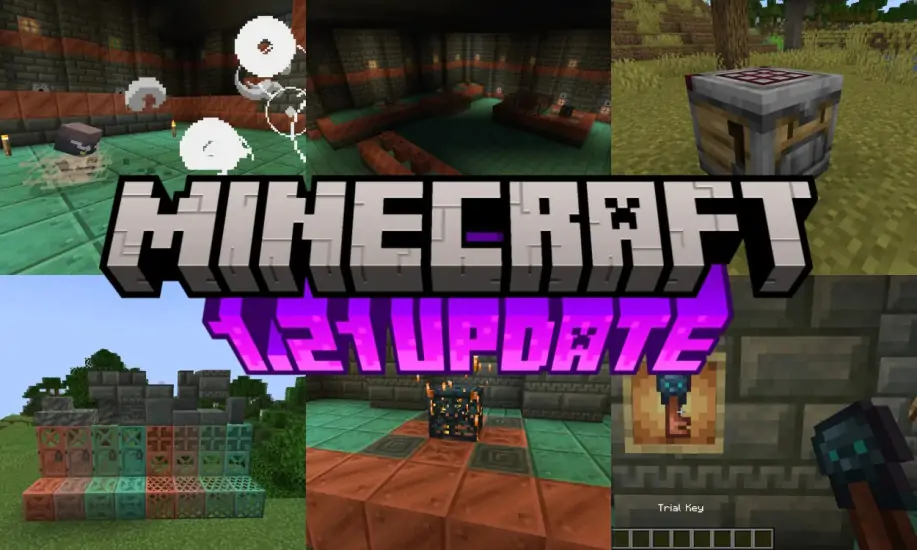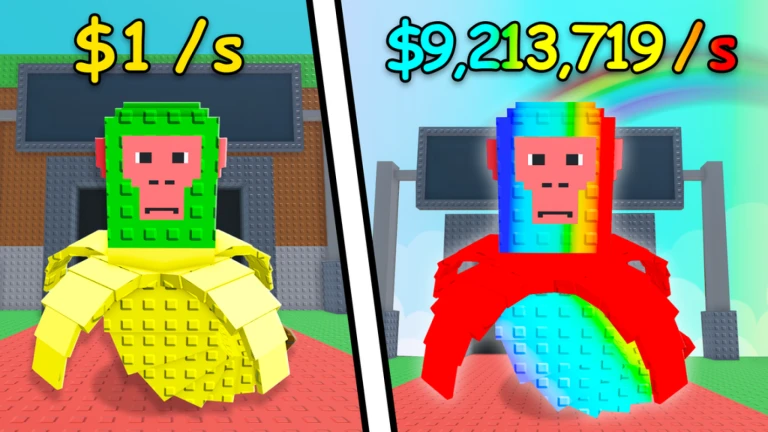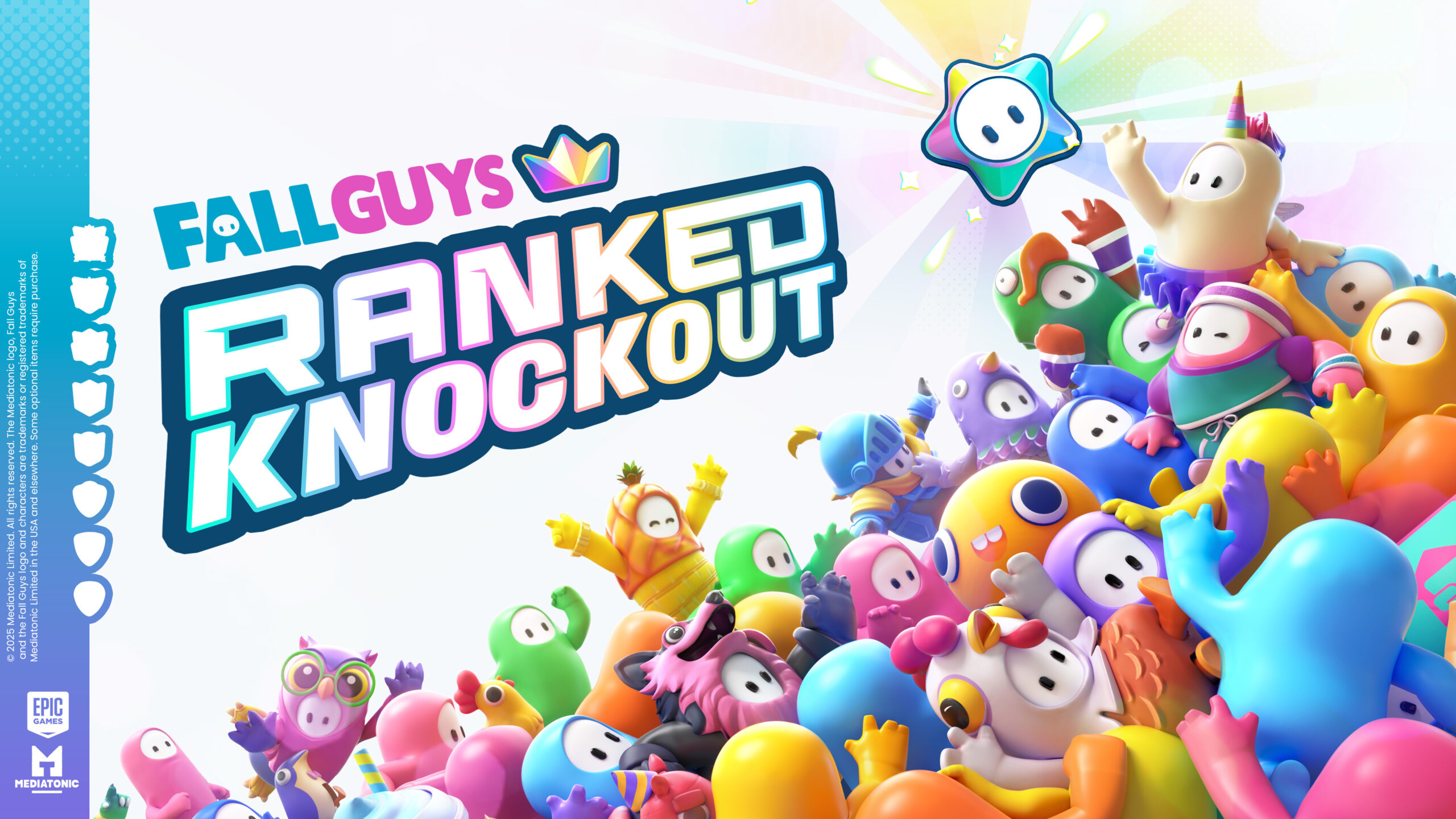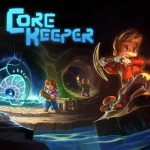Popular Now
Introduction
Roblox: Steal a Brainrot markets itself as a chaotic multiplayer game with creative gameplay and multiple game modes. But in reality, only one game mode—standard free-for-all—dominates player engagement. The other modes, such as Team Heist, Capture Synapse, and King of the Brain, are underplayed, unbalanced, or simply forgotten. This imbalance leads to long queue times, wasted development potential, and a repetitive player experience. In this article, we’ll explore why Steal a Brainrot suffers from a dominant-mode problem and how its game mode design can be improved to diversify gameplay and extend player retention.
1. The Standard Mode: The Only Active Arena
When most players log into Steal a Brainrot, they queue for one thing: standard FFA (Free-for-All). It’s fast, chaotic, and requires no coordination. Because this mode is always populated, players default to it for quick matches.
This popularity isn’t purely based on quality—it’s about availability. Other game modes rarely fill lobbies, especially at off-peak hours. Players don’t want to wait 5–10 minutes for a match that might not even start.
This results in a vicious cycle: FFA is active, so everyone plays it; the other modes die out, so no one touches them.
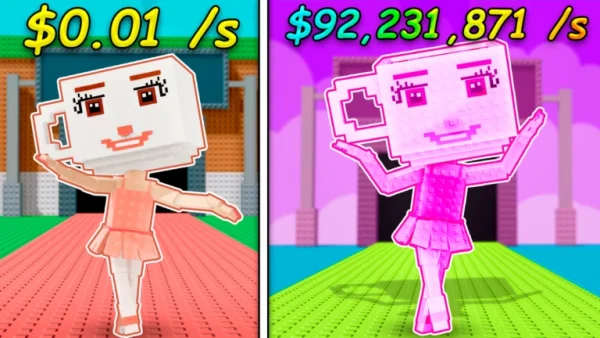
2. Poor Incentives for Alternative Modes
One of the reasons non-standard modes are neglected is the lack of unique incentives. Winning in Team Heist or Capture Synapse yields roughly the same rewards as winning in FFA.
There are no exclusive rewards, no special crates, and no ranking ladders tied to these modes. For many players, there’s no reason to play them beyond curiosity.
A robust incentive system—like weekly challenges, limited cosmetics, or double XP events tied to specific modes—could easily redirect traffic and spark interest.
3. Unbalanced Design Across Game Modes
Many of the underplayed modes in Steal a Brainrot are also unbalanced. They often favor certain brains or playstyles, making them frustrating for anyone not using meta builds.
For example, in Capture Synapse mode, teleportation brains can trivialize defense by zipping across the map. In Team Heist, brains with passive regeneration become pseudo-tanks, making teamwork irrelevant.
Without thoughtful balance adjustments for each mode, players naturally avoid the ones that feel unfair or gimmicky.
4. Poor Communication and Visibility in the Menu
The game does a bad job of presenting its game modes clearly. The mode selection UI is clunky and often buries lesser-played options beneath extra clicks.
There are no preview videos, mode descriptions are minimal, and new players often don’t even realize alternate modes exist until much later.
A proper UI overhaul—featuring recommended modes, real-time population stats, and daily spotlight modes—could go a long way in increasing mode variety.

5. Lack of Mode-Specific Leaderboards or Recognition
Competitive motivation drives many players in PvP games. But currently, only general stats like total wins and steals are tracked across the board.
There are no separate rankings for Capture Synapse champions or Team Heist MVPs. Without that sense of identity or specialization, most players feel their time is better spent grinding general stats in standard FFA.
Imagine how compelling it would be to have top-ranked players in each mode. Players would be more likely to specialize, and niche communities could grow around different metas.
6. No Tutorials or Practice for Non-FFA Modes
When players try alternate modes, they often get confused due to the lack of proper onboarding. Objectives aren’t clearly explained, and there’s no practice area to experiment with team strategies or mode-specific tactics.
Newcomers trying these modes for the first time frequently lose, not because of poor skill, but due to poor understanding. This discourages second attempts.
Each game mode should have a short tutorial run or at least an interactive help overlay to onboard new players effectively.
7. Team Modes Suffer from Solo Queue Problems
In team-based modes like Heist or Synapse Capture, random matchmaking often results in poorly coordinated teams. One team may be full of solo players, while the other is a pre-made party with voice chat and synergy.
These imbalances turn team modes into landslides, where one side dominates and the other gets steamrolled. This poor experience makes players avoid these modes altogether.
Adding a role queue, team-balancing algorithm, or even voice/text coordination tools could vastly improve the experience.
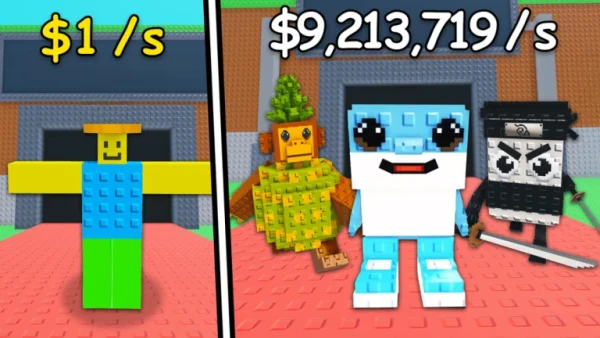
8. Limited Rotations and Event Support
Seasonal events in Steal a Brainrot tend to focus only on the main mode. There are few, if any, events that promote alternate modes with exclusive gameplay or custom rules.
This is a missed opportunity. Timed events are a proven way to revive lesser-played content. Imagine a month-long "King of the Brain" tournament with a themed reward—players would flock to it.
Without mode rotation and event support, the game locks itself into monotony.
9. Creative Potential Being Wasted
The underused modes in Steal a Brainrot actually have great potential. Capture Synapse could evolve into a deep objective-based mode with stealth and team synergy. King of the Brain could become a chaotic, king-of-the-hill experience with shifting hazards.
But because these modes are left inactive, their creative depth is unexplored. The developers have built interesting systems, but abandoned them mid-way due to lack of user adoption.
With some design polish and strategic marketing, these modes could become signature features instead of side content.
10. How to Revive the Full Game Mode Experience
Revitalizing underused game modes in Steal a Brainrot will require a multi-pronged strategy. Here’s what could work:
-
Add unique rewards and leaderboards for each mode
-
Create mode-specific balance patches and brain restrictions
-
Introduce rotating spotlight modes with boosted rewards
-
Improve onboarding with tutorials and pop-up guides
-
Redesign matchmaking to support team coordination and fairness
Most importantly, the developers need to market these modes better—through in-game announcements, community posts, and content creator challenges.
Conclusion
Roblox: Steal a Brainrot offers a range of game modes on paper, but in practice, players are locked into a single format. The dominance of standard FFA is not a testament to its greatness but a result of poor design support for the alternatives. If the game is to remain fresh and engaging, it must breathe life into its neglected modes. With the right incentives, better onboarding, and competitive infrastructure, Steal a Brainrot could offer a truly diverse and replayable experience—not just a one-trick chaos mode.











